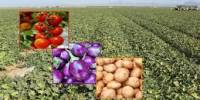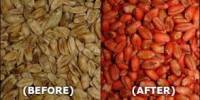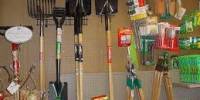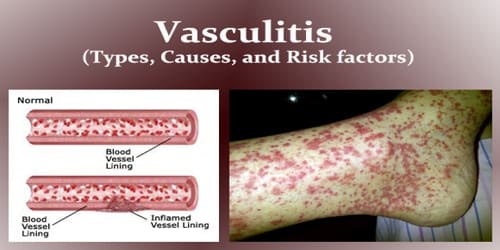Deficit irrigation (DI) is a watering strategy that can be used with a variety of irrigation technologies. It is a water management approach used in agriculture that involves applying less water to crops than would be required for optimal growth. The proper application of DI necessitates a detailed understanding of the yield response to water (crop sensitivity to drought stress) as well as the economic effect of harvest decreases. This approach is used for a variety of purposes, including water conservation, adaptation to water scarcity, and in certain cases, crop improvement.
In areas where water resources are scarce, it may be more economical for a farmer to maximize crop water production rather than harvest per unit acreage. The saved water might be used for other purposes or to irrigate additional land units. DI is also known as inadequate supplemental irrigation or regulated DI. Here are some key aspects of deficit irrigation:
- Water Scarcity: Deficit irrigation is commonly employed in areas with limited water supplies or during drought periods when water supply is decreased. Farmers can continue to nurture their crops to some extent even under poor conditions by using less water.
- Crop Tolerance: Some crops are more resilient to water stress than others. Deficit irrigation is more likely to succeed with drought-tolerant crops that can endure periods of water shortage without significant yield losses.
- Crop Stage: The timing of deficit irrigation is critical. It is typically applied during specific growth stages of the crop, such as vegetative growth or after flowering. This timing can minimize yield losses while still conserving water.
- Yield Reduction: The primary trade-off with deficit irrigation is reduced crop yields. However, by carefully managing when and how much water is applied, farmers can minimize the reduction in yield and sometimes even improve crop quality.
- Improved Quality: In some cases, water stress can lead to improvements in crop quality. For example, deficit irrigation may result in smaller but more flavorful fruits in vineyards or reduced vegetative growth in grapevines, which can enhance wine quality.
Deficit irrigation necessitates close attention to soil moisture levels, meteorological conditions, and crop growth stages. Soil moisture monitors and weather forecasting, for example, can help make informed decisions about when and how much water to apply. Research and adaptability to local conditions and crop kinds are required for successful deficit irrigation. Farmers frequently need to experiment and tweak their irrigation systems over time in order to maximize both water use efficiency and crop yield.
To summarize, deficit irrigation is a water-saving approach that entails providing less water to crops than they would normally use. It is a powerful tool for managing agricultural water resources, particularly in water-stressed areas, but it requires careful planning and monitoring to avoid production losses and achieve desired results.
















